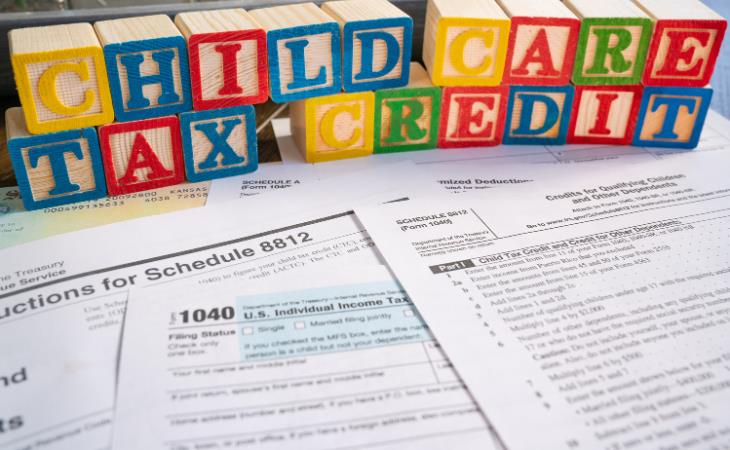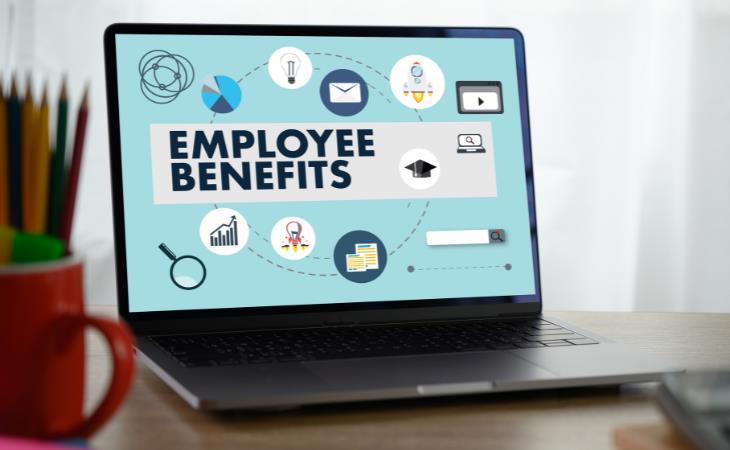Raising children is rewarding, but it can be financially demanding as well. A recent study, called the Bright Horizons Modern Family Index, highlighted a pressing concern among parents: financial assistance for childcare. An overwhelming 46% of respondents identified this as their most desired form of support. To put the financial burden into perspective, another survey revealed that families with two children typically spend double their rent on childcare.
With rising expenses and economic uncertainties, finding ways to reduce these costs has become essential. Many parents juggle work and family commitments, often feeling overwhelmed by the financial strain.
In this article, we share eight proven tips to help you reduce childcare expenses without compromising the well-being and development of your child.
1. Make a request for a discount for advance payment
Consider paying for childcare in advance. Childcare providers often like getting money sooner rather than later. Because of this, they might give you a discount if you pay for several months or even a whole year at once. Some people say you could save between five and ten percent this way. Of course, this depends on how much money you have and how you manage your finances.
2. Join or form a cooperative
Joining a cooperative daycare can help you save money. These setups mix parents and teachers, meaning parents have a bigger role in their child’s early learning. To keep costs low, parents help out with things like serving lunch, planning activities, reading stories, and cleaning up. In return, childcare fees are usually lower. Experts say that you could save 20 to 40 percent compared to regular daycare.
3. Look into a dependent care flexible spending account (FSA)
Many companies offer employees a dependent care flexible spending account, or FSA. This lets you put aside money before taxes to pay for childcare costs. Single parents can save up to $2,500 a year, while married couples filing jointly can save up to $5,000. The exact amount you'll save depends on your taxes, but you can use any reliable online tool to estimate your savings and figure out how much to contribute.
Once you've saved up money, you can use it to pay for various childcare expenses. This includes daycare, preschool, babysitting, nannies, before- and after-school care, and summer day camps for kids 13 and under.
4. Compare FSA benefits to the dependent care tax credit

If you have just one child, you can only use either an FSA or the dependent care credit. But if you have more than one child, you might be able to use both.
Choosing between the two depends on your situation. Sometimes, the tax credit is better, and sometimes the FSA is. It’s not just about the total money you save. The tax credit gives you a bigger overall benefit, but you get it all at once when you file your taxes. With an FSA, you get a little extra in each paycheck, which can help with money problems during the year.
Before you start an FSA, figure out how much you could save with either option. It’s also a good idea to talk to a tax expert.
5. Consider an in-home day care or family child care option

Home daycares or family child care can be cheaper than other childcare options. These often cost less than hiring a full-time nanny or sending your child to a daycare center. Just like bigger daycares, home daycares must follow strict rules set by the state. Make sure the home is safe for kids, with things like locked stairs, window guards, and safe beds. The house should be clean and kid-friendly, with a good kitchen and bathroom, plus a safe outdoor play area.
6. Look for subsidies
Some families can get help paying for child care from their state, school, job, or military. What’s available depends on your income and where you live. Check with your state, employer, and any groups you're part of. If you don't qualify for this help, explore local non-profit child care programs.
Child care is expensive, even after saving money. If you need more help, a non-profit credit counseling group like MMI can offer advice.
7. Take advantage of employee benefits
Many employers offer fantastic childcare benefits that can really help cut down on costs. Some companies even have on-site daycare, making it super convenient and affordable for you. Others provide subsidies, discounts, or vouchers for local childcare centers. And don't forget to ask about work-from-home options or flexible hours, which could lessen the need for full-time childcare. By taking advantage of these employer benefits, you'll not only save money but also ensure that your child gets excellent care.
8. Find out about government-funded childcare programs
Government-funded childcare programs are an effective way to reduce childcare costs. Many states and local governments provide financial help to eligible families, including subsidies, grants, and sliding fee scales based on income. Programs like Head Start and Early Head Start offer free or low-cost childcare and educational services for children from low-income families. Some areas also have state-specific initiatives that provide additional support.








